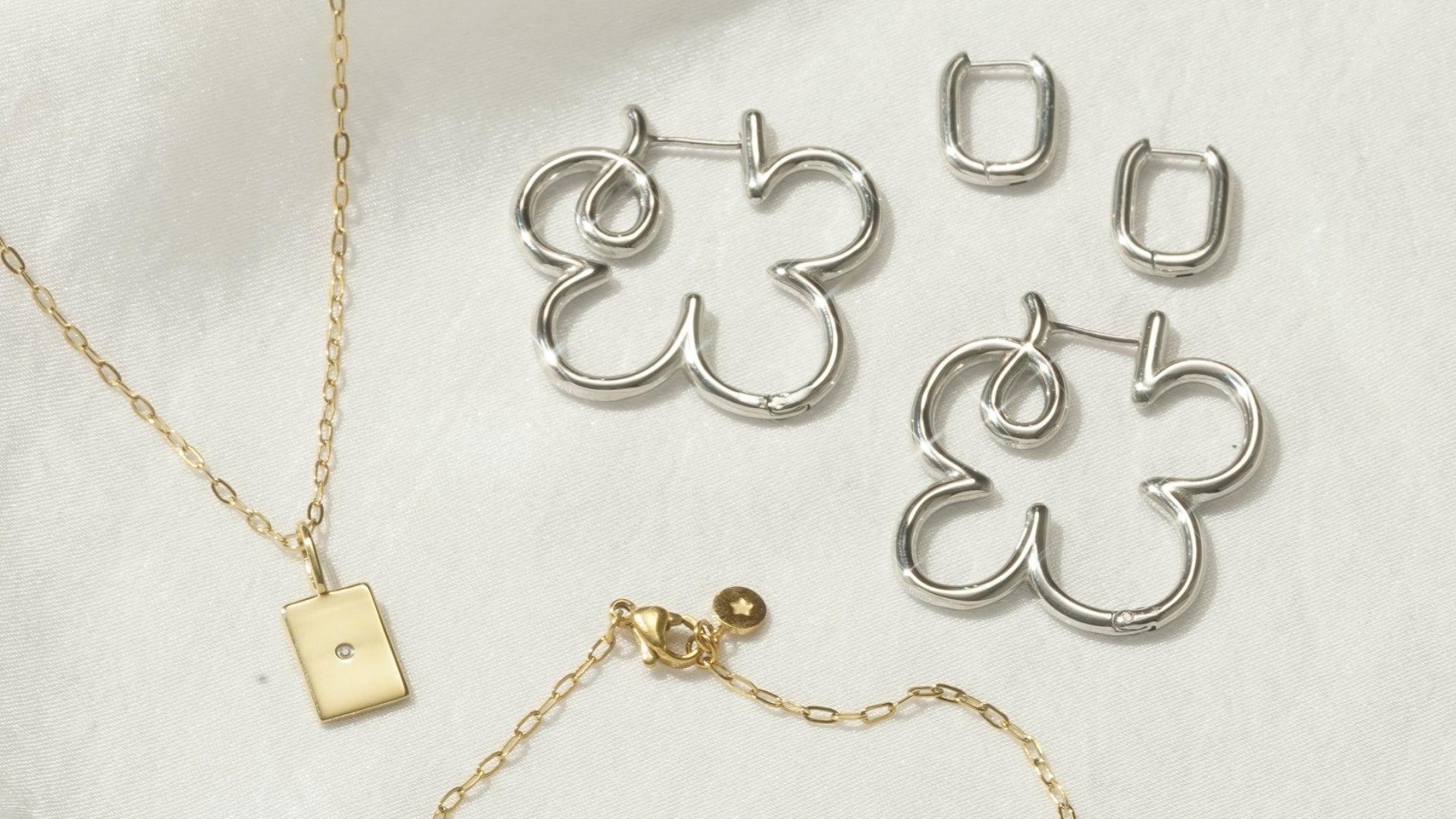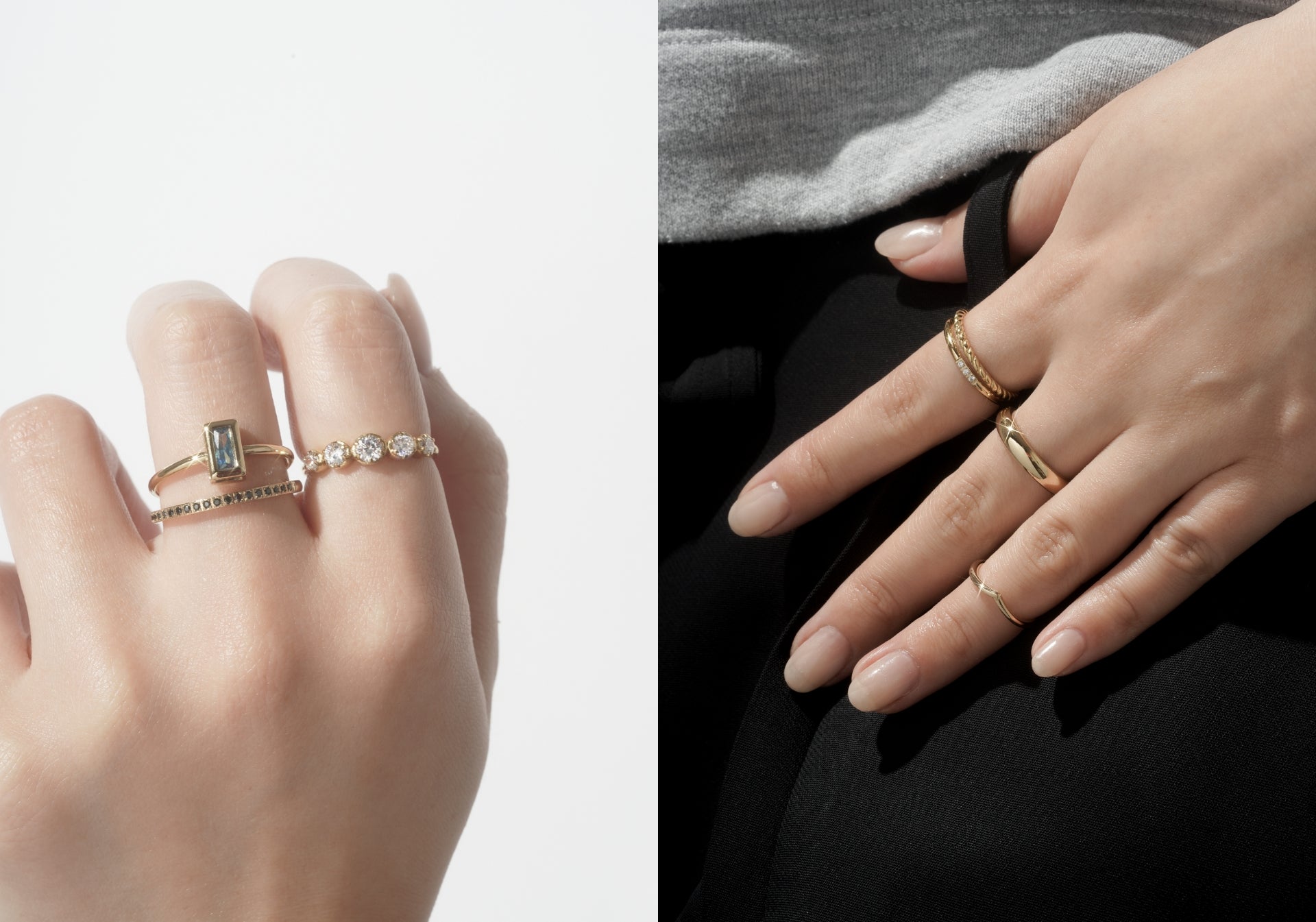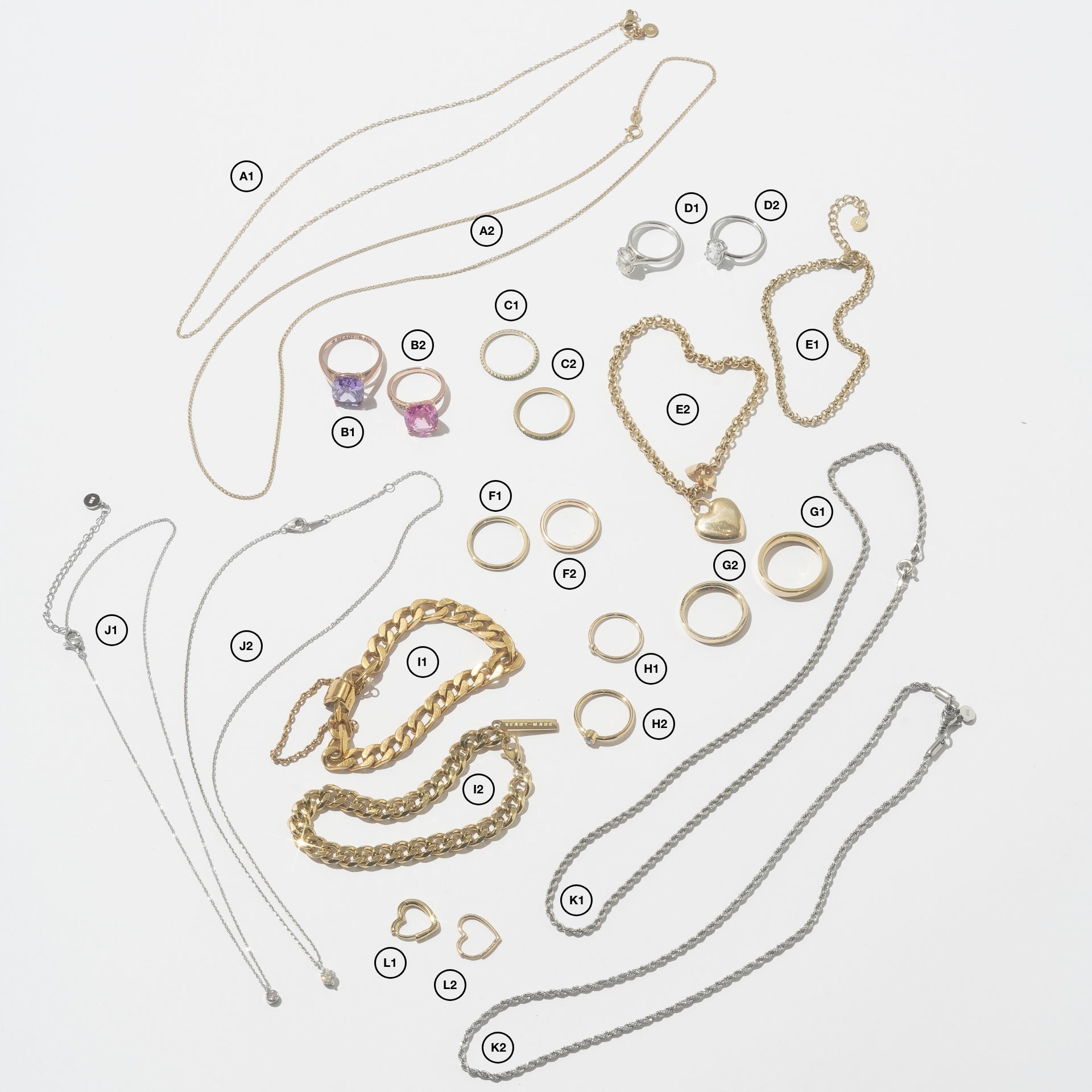The holiday season is here. Usually thought of as a time of happiness and cheer, it's also come to be a season of anxiety and, sometimes, dread. This year is particularly stressful with many of us having holiday routines disrupted. And while for some people, having to shelter in place might offer a a reprieve from the less-than-pleasant activities or people in our lives, it doesn't make things that much easier. And so here we enter the picture. In a small way, we can set boundaries in the simpler things in life, like jewelry. Whether you plan on buying jewelry for yourself or gifting it, we explain in simpler terms the three most common toxic substances to watch out for when purchasing jewelry this holiday season (in addition, we created this very happy-looking Gift Guide here and 25% off sitewide continues until 12/15 with code HOLIDAY).
Lead
Lead is commonly used for cheap costume jewelry to make alloys softer. Everyday lead exposure is most toxic through ingestion, making this particular method of exposure less of a concern for adults but more so for children. Currently, there is no level of lead exposure known to be safe, so it's always a good idea to think about who will be owning and wearing the trendy jewelry from fast fashion retailers that catches your eye--especially if you have small children at home or plan on gifting it to someone who does.
Cadmium
Cadmium is another cheap and useful ingredient for jewelry due to its softness. When the toxicity of lead became widely known, jewelry makers were quick to find a replacement that offered the same kind of consistency. So they turned to cadmium. Like lead, it's most dangerous to ingest, but some research also indicates health risks through prolonged skin absorption (like wearing it as jewelry). Historically, the state of California outlawed cadmium in children's jewelry, but there are no current laws that address it for adult jewelry. According to the Agency for Toxic Substances, the increasing evidence of cadmium toxicity is well-researched, so national agencies are continuing their efforts to regulate its exposure.
Nickel
Nickel is a common culprit for contact dermatitis (a red, itchy rash from direct contact with an allergen). In jewelry, nickel is often used for plating and alloying fine metals such as gold or silver, so if you have a known nickel allergy or are gifting someone with sensitive skin, be cautious of gold-plated jewelry (since gold isn't a significant part of piece -- gold plating is very thin -- it's hard for anyone to know the composition of the alloy) and be wary of gold filled pieces as nickel can also leech from the gold alloy or the base metal. Luckily, nickel doesn't always have to be harmful, like when it is incorporated in a small amount (for us, less than 5%) into metals such as 316L surgical stainless steel (further explained in Breaking Down Hypoallergenic Jewelry). Depending on the amount used, an individual's level of metal sensitivities, or if it's processed and manufactured safely like through a vacuum to create a non-leeching static surface barrier (like Ready-Made jewelry), you don't always need to avoid it. Similar to the way you should know how many holiday "gatherings" you can take (we've learned that Zoom has no limits), just be sure to know what is right for you, so you can safely enjoy and gift your jewelry.
So how do I know if jewelry contains toxic materials?
We hate to say this, but all jewelry contains a risk of toxic substances unless there is 100% material awareness for every single part of the piece of jewelry. Some of the more obvious clues for jewelry you already own are skin reactions like rashes, colored residues on the skin and, more seriously, hives. Anything that causes pain, warm or hot skin, and swelling is a call for you to take a closer look at your jewelry.
The best way to avoid toxic jewelry is to be mindful of where you purchase your pieces. While we're all for buying pre-owned, be wary of recycled materials or older costume jewelry because they may contain materials that have been banned, such as lead. When possible, look for labels that disclose metal composition in its entirety (descriptions like "gold plated over base metal" just aren't transparent enough) and always buy from reliable jewelry providers. This way you can better ensure quality and safety in the jewelry you purchase for yourself and the loved ones in your life.
Image: Still life with silverware and lobster, 1641 by Pieter Claesz (1597/1598–1660), 17th Century Dutch









